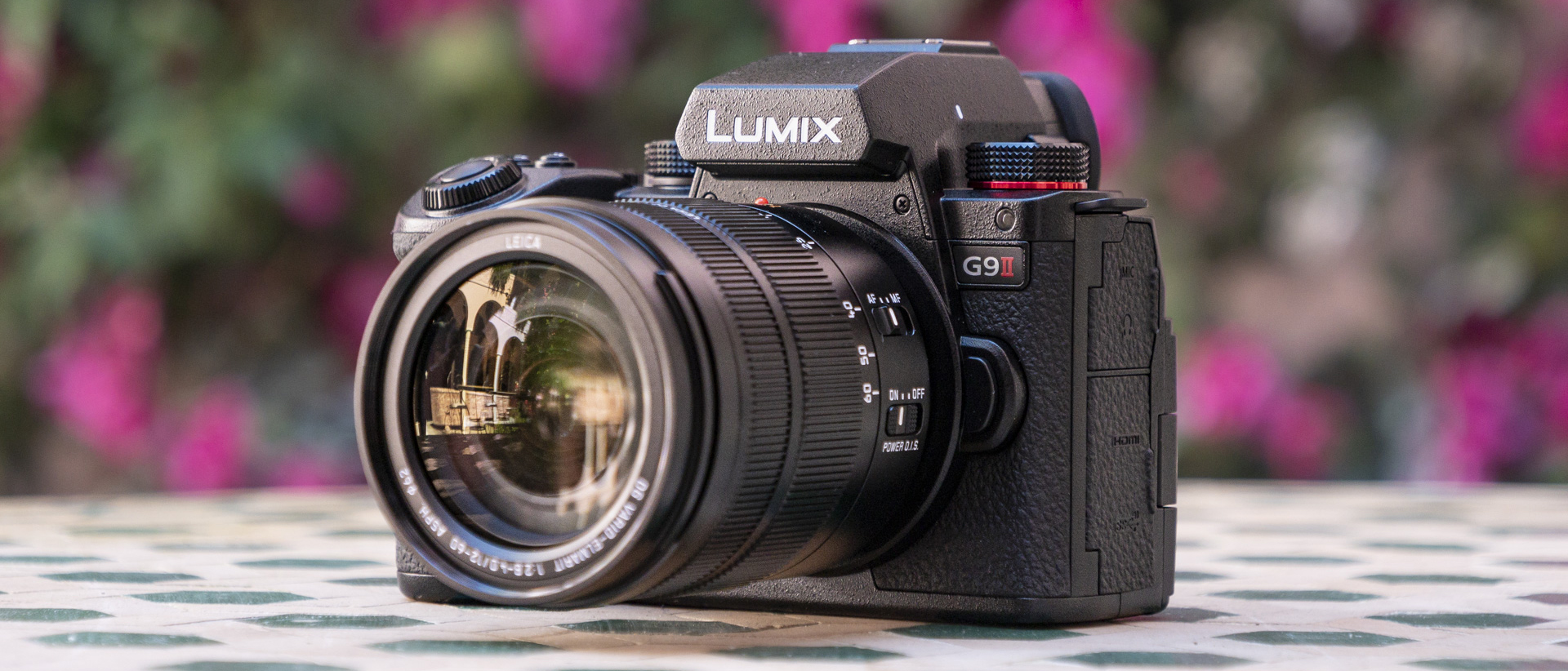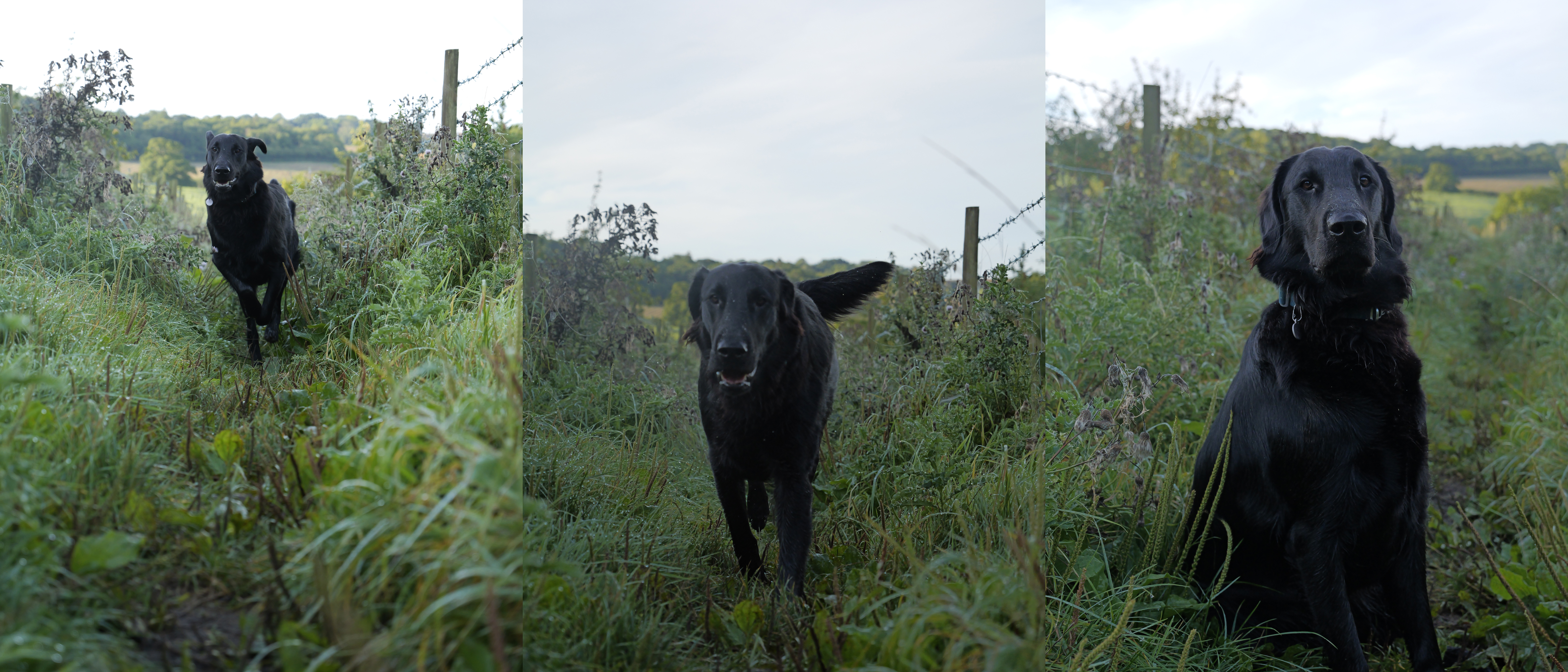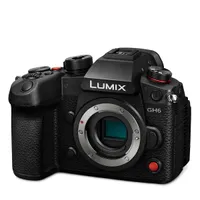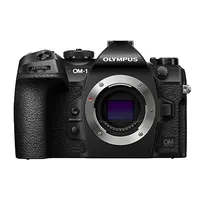TechRadar Verdict
The Lumix G9 line has come a long way in five years, and the second iteration is a more capable all-rounder, and a great choice for capturing action thanks to the introduction of phase-detection autofocus. The G9 II also offers higher-resolution photos, more video recording modes (including ProRes raw to an external SSD) and a faster processor. It's a highly competitive camera, particularly for video, while also offering a sensor format and lens selection that are well suited to wildlife and sports photography. If Micro Four Thirds was starting to feel like something of an anachronism, the Panasonic Lumix G9 II proves that it still has a place with modern content creators.
Pros
- +
Panasonic's best-ever autofocus
- +
8 stops in-body image stabilization
- +
Faster engine improves all-round performance
Cons
- -
Sensor resolution doesn't match full-frame alternatives
- -
Viewfinder resolution unchanged from G9
Why you can trust TechRadar
Panasonic Lumix G9 II: Two-minute review
Almost every aspect of the Panasonic Lumix G9 II has been improved over the five-year-old Lumix G9, with the most notable improvement being the introduction of phase-detection autofocus, which features for the first time on a G-series camera.
The sensor resolution for stills has been upped to 25.2MP, although it still can't compete with flagship full-frame alternatives. The camera offers 60fps burst shooting with full autofocus tracking, and a 100MP high-resolution mode and up to eight stops of IBIS also feature, while on the video side of things, recording modes are exceptional, including 5.7K ProRes raw to an external SSD, supported by a fast processor and Panasonic's most effective autofocus yet.

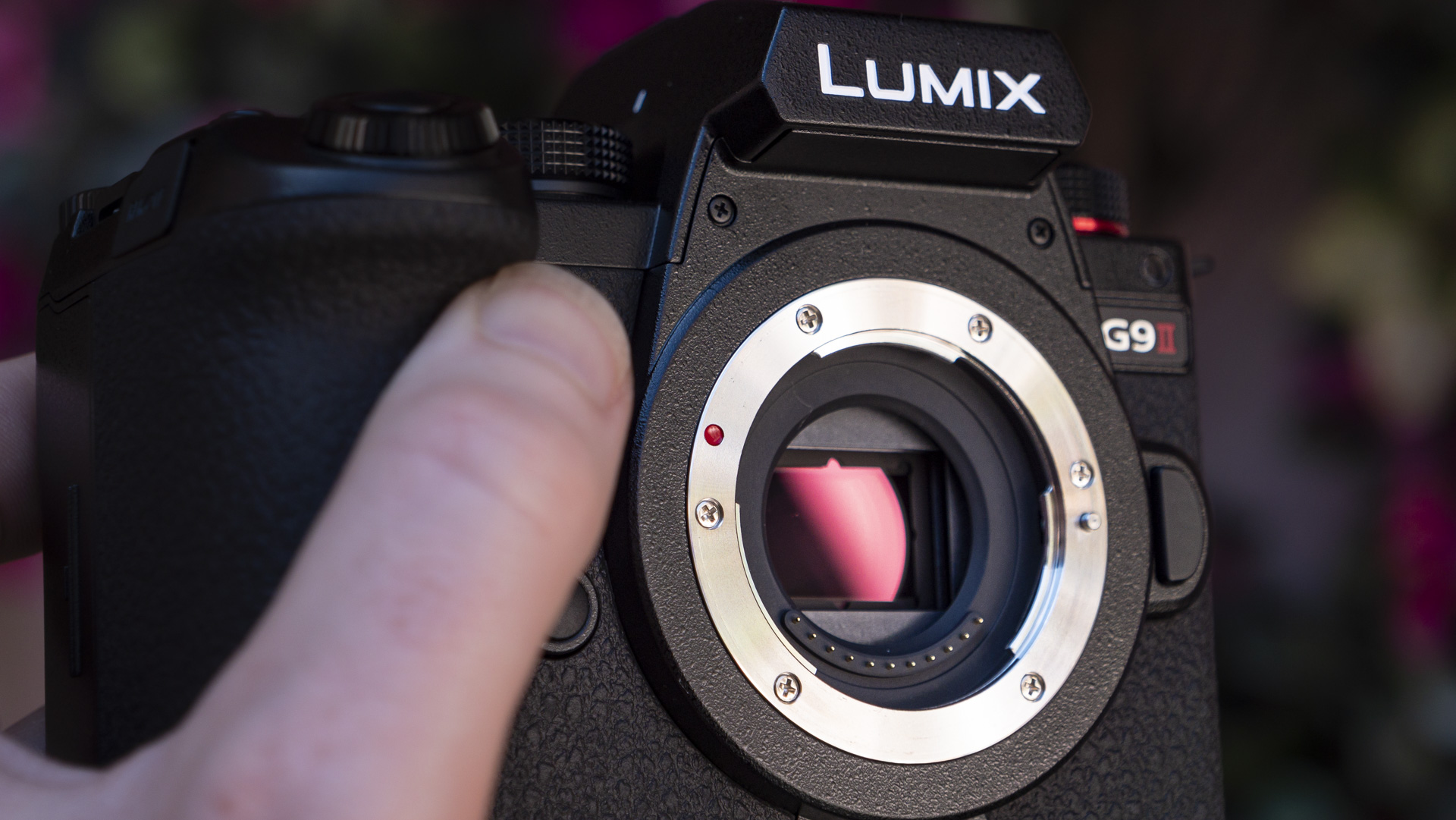
The G9 II's sensor format and lens selection make it better suited to wildlife and sports photography than full-frame cameras, with the former effectively lengthening the range of a given focal length. For some, however, it'll be tough to decide between the G9 II and the video-centric Lumix GH6, or the slightly more expensive full-frame Lumix S5 II, which has a nearly identical design.
The Panasonic G9 II is the dark horse of mirrorless cameras, though, and to summarize, in real-world use the new sensor, processor and phase-detection autofocus combine to great effect. It’s one heck of a camera, and the G9 II is up there with the best mirrorless cameras available if your thing is capturing subjects on the move.
Panasonic Lumix G9 II: Release date and price
- $1,599 / £1,699 / AU$3,299
- Shipping expected from November
The Panasonic G9 II was announced on September 12, 2023, with a very reasonable body-only list price of $1,599 / £1,699 / AU$3,299. It's also available as a kit with the Leica Vario Elmarit 12-60mm F2.8-4 lens for $2,199 / £2,249 / AUS$3,499, or with the standard Panasonic version of the 12-60mm for $1,799 / £1,899 / AU$3,599. There’s also a new DMW-BG1E vertical grip that's priced at $309 / £309.
Panasonic also announced two redesigned lenses at the same time as the Lumix G9 II: the Leica DG Vario-Elmar 100-400mm F4.0-6.3 II ASPH, which costs $1,499 / £1,499, and the Leica DG Vario Elmarit 35-100mm F2.8 Power O.I.S, priced at $1,099 / £1,099. Panasonic had not provided Australia pricing for its lenses at the time of writing.
Shipping for all new items is listed as from November 2023, although some stores are expecting to ship orders from late October.
Sign up for breaking news, reviews, opinion, top tech deals, and more.
- Price score: 4.5/5
Panasonic G9 II: Specs
| Header Cell - Column 0 | Panasonic G9 II |
|---|---|
| Sensor | 25.2MP Live MOS micro four thirds |
| Video: | C4K/4K 60p 4:2:2 10-Bit |
| AF points: | 779-point phase-detection |
| LCD: | 3.0-inch vari-angle touchscreen, 1.84m-dot |
| Viewfinder: | 3.68m-dot, OLED EVF |
| Memory cards: | 2 x SD / SDHC / SDXC |
| Connectivity: | Wi-Fi / Bluetooth |
| Burst shooting: | 14fps AF-S/ 10fps AF-C (mechanical shutter), 75fps AF-S / 60fps AF-C (electronic shutter) |
| Size: | 102 x 134 x 90mm (body only) |
| Weight: | 658g (23.2oz) |

Panasonic G9 II: Design
- Lumix S5 II-style body
- 8-way directional joystick
- Faster 3.69m-dot EVF
When I got the Panasonic G9 II fresh out of its box, the first thing I noticed was how comfortably it handles. On an otherwise squared-off design, the grip is well-contoured, and makes it easy to the camera hold snugly and securely – something that remains true even when using the chunky 200mm F2.8 lens.
Overall, the G9 II looks very similar to the full-frame Panasonic Lumix S5 II, a camera that I've previously enjoyed using. If you're looking at buying a Micro Four Thirds camera for its smaller proportions, however, the G9 II might not be the best match. Its DSLR-style dimensions are large for an MFT camera, although it is about 85g lighter than the S5 II at 658g (with a battery and SD card). The G9 II also doesn't have the same active cooling fan as the S5 II, which means video recording times won't be unlimited.
The body feels robust, being made from a solid magnesium alloy body that's fully sealed and therefore resistant to dust and moisture. Unlike the OM-System OM-1's IP53 rating, Panasonic doesn't disclose specifically how weather-resistant the body is, but I'd be confident to use it in a rain shower.
The change in feel and control layout won't be too great a leap for those thinking of upgrading from a Lumix G model. Having come from long periods using the Canon EOS R system, it took me a few days to get used to the button placements on the G9 II; but once I did, everything felt sensible and ergonomic.

The LCD top plate of the original G9 has been removed on this second-generation design, and while I personally find this omission disappointing – I tend to shoot from above and check settings there – the change makes way for separate shooting mode and drive dials instead.
This being a hybrid camera, there’s a big red record button on the top plate, and it’s easy to move your finger from here to the (satisfyingly responsive) shutter button. Behind this, there are three buttons for tweaking the white balance, ISO and exposure compensation. They can be accessed with the forefinger that's reserved for the shutter, although it took me a day or two to remember which button did what without looking.
The on/off switch is operated by a stiff lever attached to the mode dial. I found this slightly awkward to use, but I guess it prevents the camera from being powered up or down accidentally by stray fingers. Above the viewfinder there's a hot shoe for external flashes and microphones, but the S9 II has no built-in flash, which feels somewhat unusual for a mid-range model.

On the back of the G9 II, the layout is similar to the S5 II, with an 8-way joystick and 3-inch vari-angle touchscreen monitor for navigating menus and settings quickly. The OLED viewfinder matches that of the S5 II and offers 100% coverage, but it's a shame to see that the viewfinder resolution remains the same as that of the five-year-old G9, at 3.69m dots.
The same can’t be said for the LCD screen, which offers a stark improvement over the original G9. The resolution has almost doubled to 1.84m dots, and its vari-angle design means it pulls out smoothly for vlogging and selfies, tilts up for low-angle compositions, and folds back in for protection when not in use.
The viewfinder has a native refresh rate of 120Hz to avoid a laggy view, and remains blackout-free during burst shooting for around three seconds. Very anecdotally, I didn’t find it as colorful or nice to look through as the EVF on my Canon EOS R6 (despite it sharing the same dot count on paper).
To the right of the playback button, the LVF button allows you to switch between the viewfinder and LCD screen when you’re shooting, although I do wonder why this has been given a dedicated button when this switch happens automatically every time you hold the camera up to your eye.
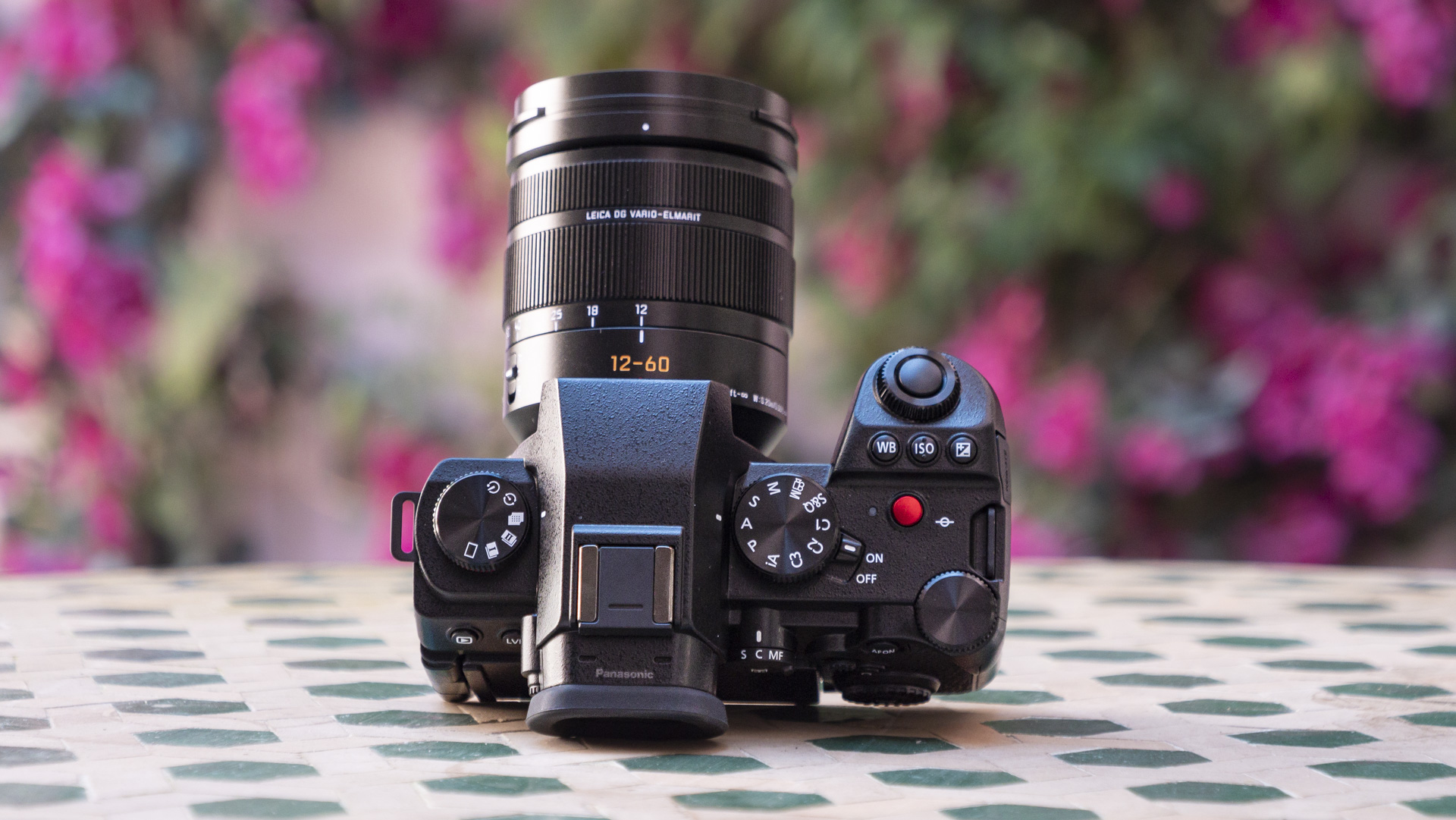

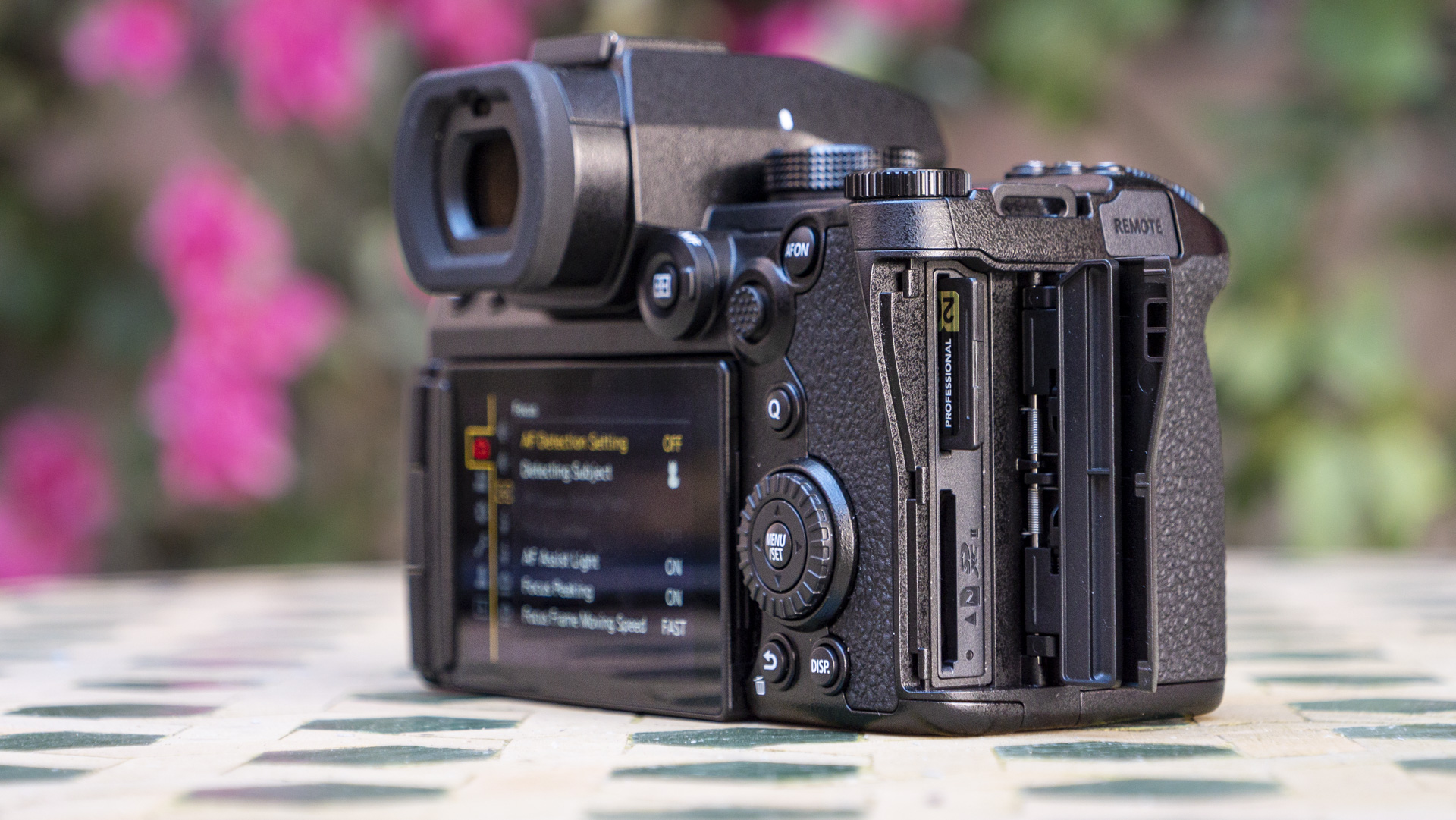
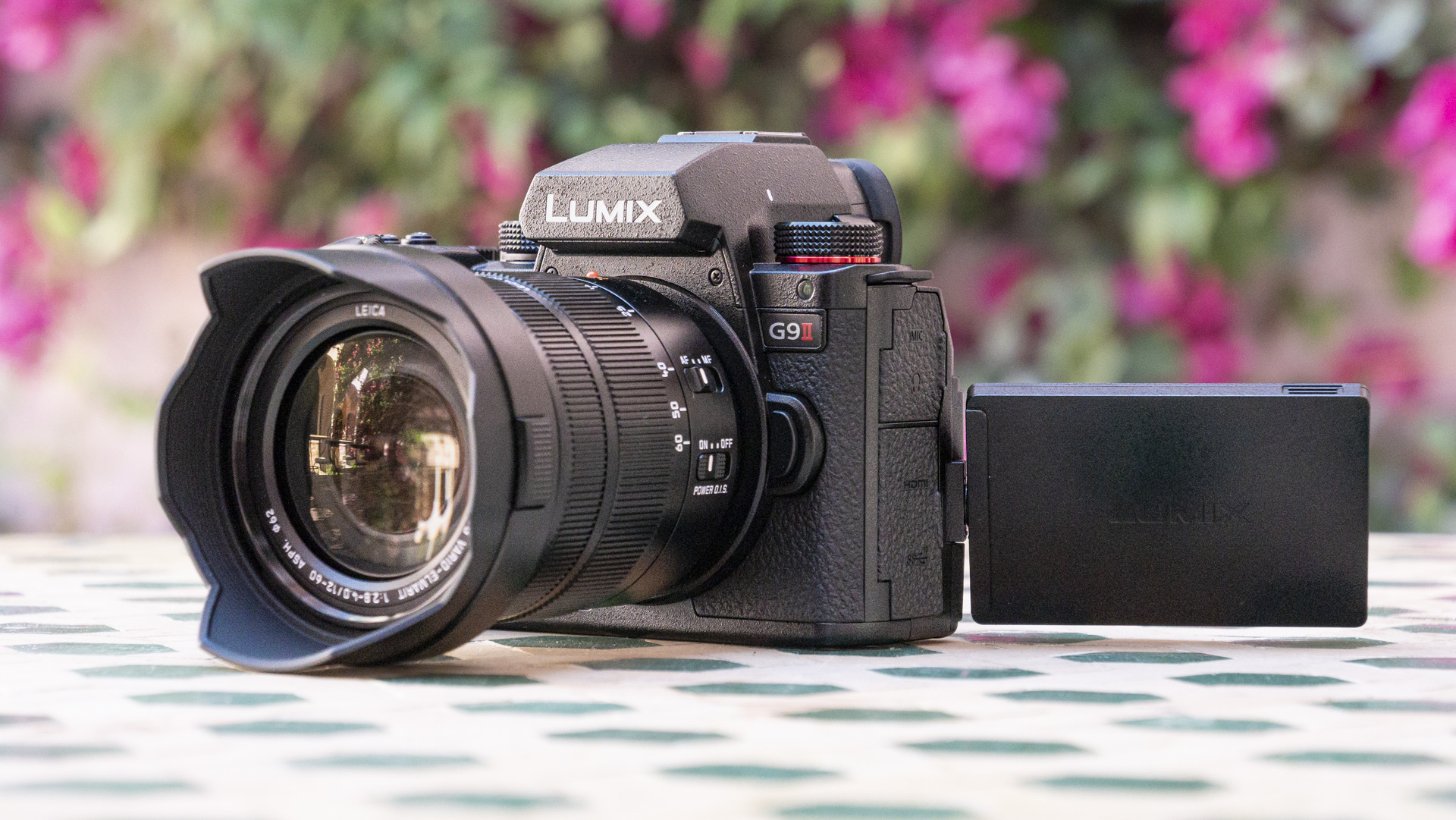

Next to the EVF, there’s a tiny selector for switching between manual, single and continuous focus modes. You can also do this via on-screen setting selection, which is arguably quicker and more detailed.
Lastly around the back, the Q button brings up the quick menu, the Menu button unsurprisingly gives access to the full menu, while Display lets you toggle between different amounts of info on the LCD at any one time.
On the left of the G9 II's body, two plastic flaps open to reveal a USB-C port for charging, a full-size HDMI port, plus slots for accessory microphones and headphones. On the right, there are two SD UHS-II card slots.
If I have one gripe (apart from the fiddly camera strap that seems to come with all new cameras), it’s that the flaps over the ports feel flimsy, and don’t quite lock back into place as securely as I'd like. This is a minor complaint, though, and unlikely to ruin your enjoyment of an otherwise ergonomic design.
- Design score: 4/5
Panasonic G9 II: Features and performance
- Phase-detection autofocus with animal eye AF
- New L2 processor engine
- Up to 60fps with continuous AF
Panasonic and OM System (formerly Olympus) Micro Four Thirds (MFT) camera systems are especially well-suited for wildlife and sports. The half-size system has some exceptionally fast flagship cameras, including the Lumix G9 II, and sharp telephoto lenses that are much smaller and cheaper than full-frame equivalents, which make long stints in the outdoors all the easier.
The Lumix G9 II boats five years of advances over its predecessor, headed by a faster 25.2MP sensor, up from the 20MP in the G9. That extra detail is very welcome, and the minimum I'd expect from a serious camera in 2023. The camera has an ISO rating of 100-25,600, which can be dropped down to ISO50, but this is an only slightly broader range than the original camera's and doesn't guarantee that pictures will be usable at the higher end of that range.
OM System was once the leader in offering computational features, but Panasonic is catching up, and the G9 II benefits from a high-resolution mode that creates 100MP images with pixel shift technology (the G9 offers 80MP), plus a handheld high-res mode that's also found in the GH6. When I briefly tried this mode out, the handheld shots were usually blurry, but I’m confident that more practice would yield better results.
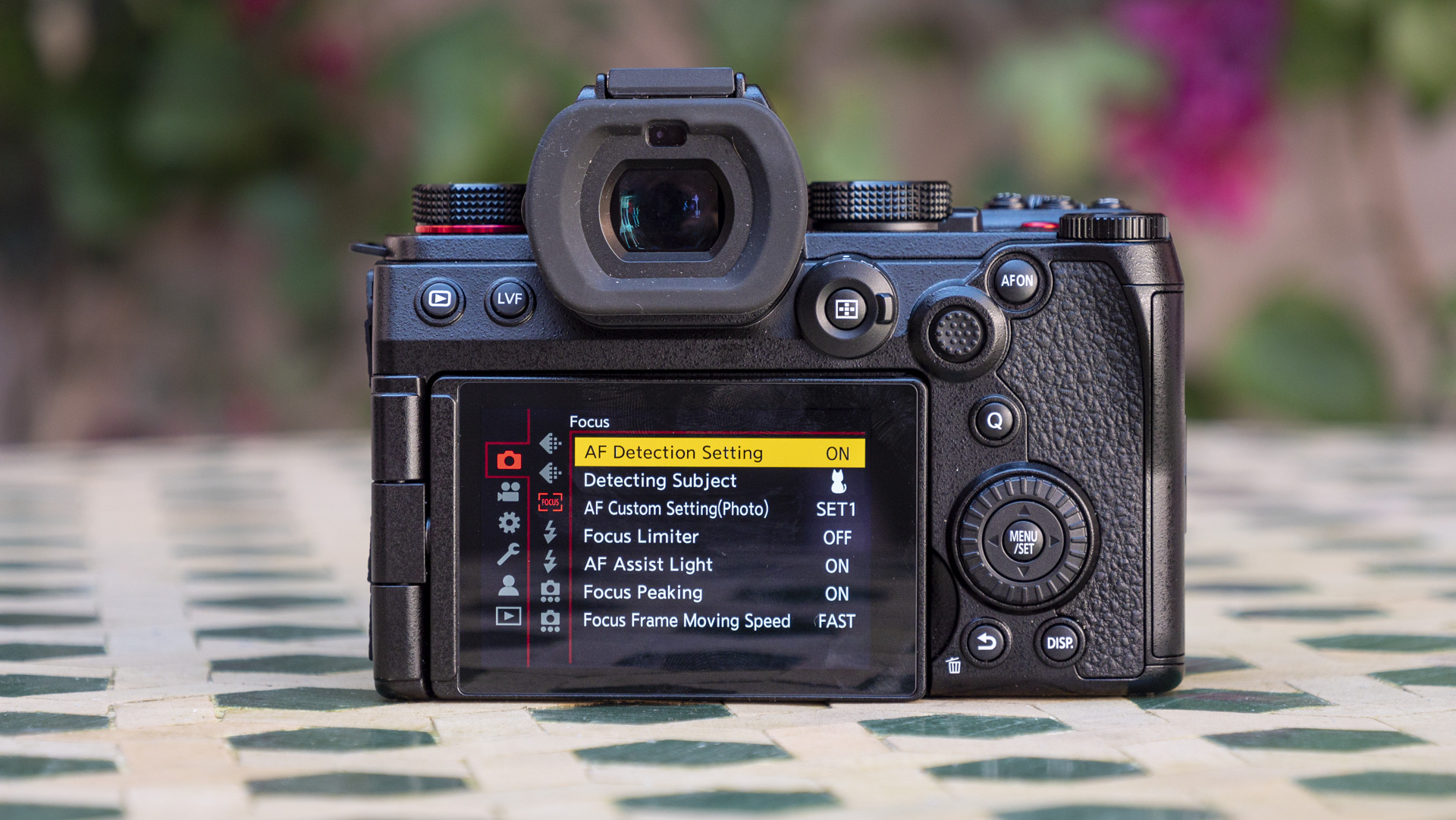
Speaking of handheld, the G9 II has 8-stop built-in image stabilization to keep images and video shake-free in low-light conditions, while the 7.5-stop 5-axis dual image stabilization helps when using telephoto lenses. On one misty morning, I went to test this by shooting a range of images with the 12-60mm lens, starting at 1/125 sec and incrementally setting the shutter speed slower until I found the point at which my images were unacceptable. Around the 1-second exposure mark was when blur crept in, which works out at around seven stops of effective stabilization. The result will vary from lens to lens, but the point is that the G9 II does offer you plenty of leeway in poor lighting.
All of the camera's features are backed up by a faster processor – Panasonic says it's 2x faster than the previous-gen engine, with less rolling shutter. We don’t have the technical detail beyond that, but the improvements are particularly welcome for a camera that will often be found in the middle of fast-moving action.
That said, there were several times during my tests of the handheld high-res mode that I had to stop and wait (sometimes minutes) for the camera to finish crunching data, although the processing could also have been hindered by my SD card.

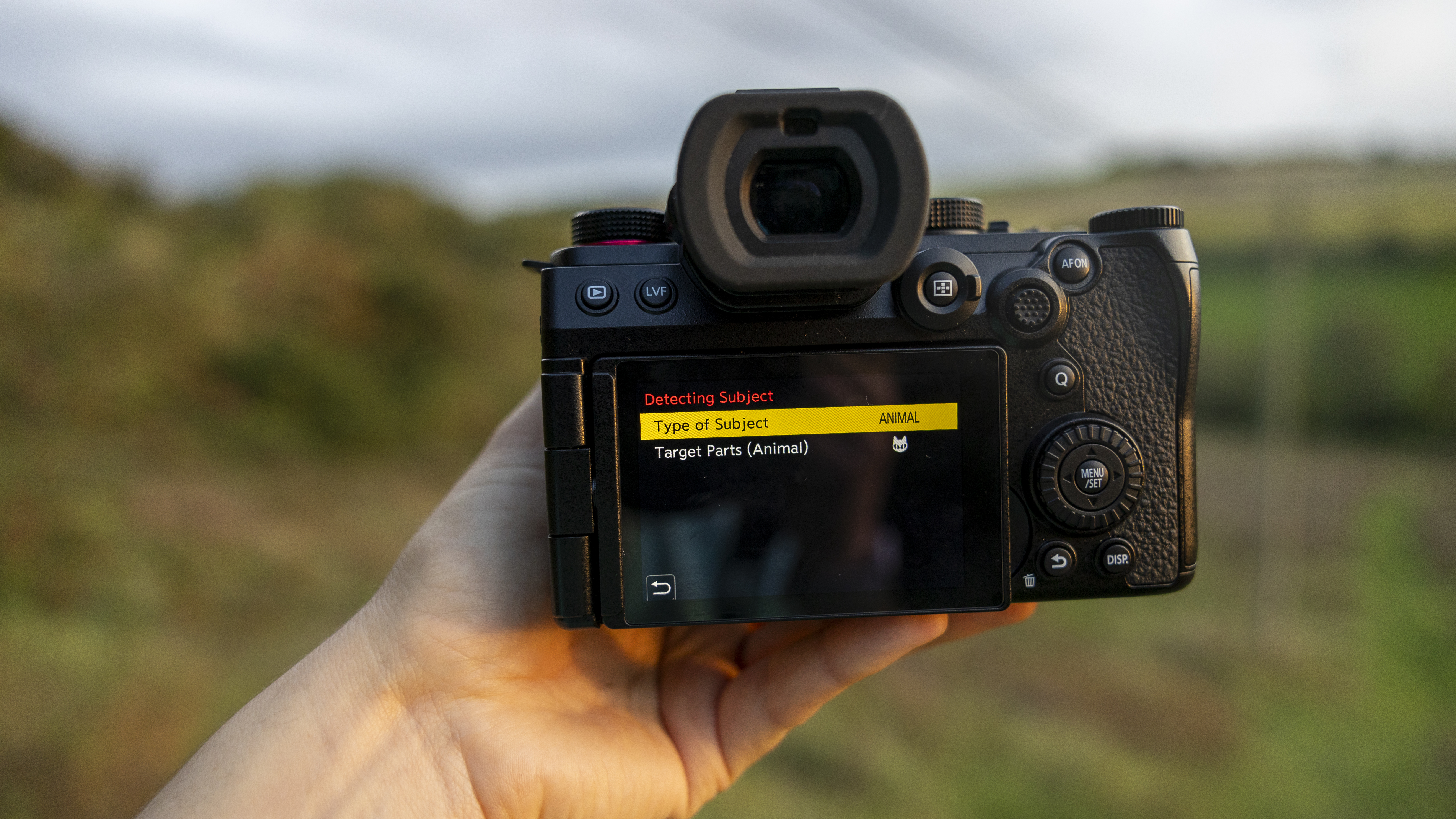
The standout feature of the G9 II is its phase-detection autofocus, which is a first for the G-series, and which was only introduced to Panasonic cameras with the full-frame S5 II earlier in 2023. Phase detection is the best method for capturing movement because it’s so lightning-fast. That's excellent news for capturing action then, and with 779 autofocus points, the G9 II can now pick up (and lock on to) subjects in typically tricky situations, such as backlighting and low-light situations in general.
When it comes to focus modes, the G9 II includes eye AF, with zonal autofocus areas, customizable to horizontal and vertical coverage. Automatic subject detection and tracking have improved, and can be set up for humans, animals, and vehicles, with a distinction between motorcycles and cars, and the eyes and body of an animal.
Where the G9 was typically responsive in AF-S mode, it was prone to a frustrating pulsing effect in continuous AF-C. By contrast, the G9 II is more precise and more rapid, although to my mind the subject recognition capabilities are still lagging behind other brands.
What’s particularly impressive is that continuous autofocus can be used up to a blistering 60fps if you use the electronic shutter. This is the shutter type that's susceptible to the adverse effects of rolling shutter, which is especially obvious in images of fast-moving subjects, or footage captured with extreme camera movement; however, the G9 II has a faster sensor with more control over rolling shutter distortions.
I was able to gun the G9 II using the high-speed drive mode while photographing my running retriever to see how effectively the rolling shutter is controlled, and I can say that it held up admirably (even if my SD card didn't). The mechanical shutter is immune to such distortion, and can shoot at up to an impressive 14fps, sustained for sequences longer than I’ll ever likely need to shoot for.
I found that it took a lot of experimentation, and setting the camera up to switch between custom focusing setups quickly in order to respond to changing subjects, to achieve the best results, but once you get to grips with what the G9 II is capable of, it feels like no subject or scenario is beyond its reach.
The G9 II takes a Panasonic DMW-BLK22 battery that's rated for roughly 400 shots per charge. While I didn't have the foresight to test this with an empty SD card and full power, I'd easily estimate getting around 300 frames after I'd charged up the battery for my first shoot – and that was with a lot of powering up and down, plus use of the handheld high-res mode, which is likely to eat up more juice.
- Features and performance score: 4.5/5
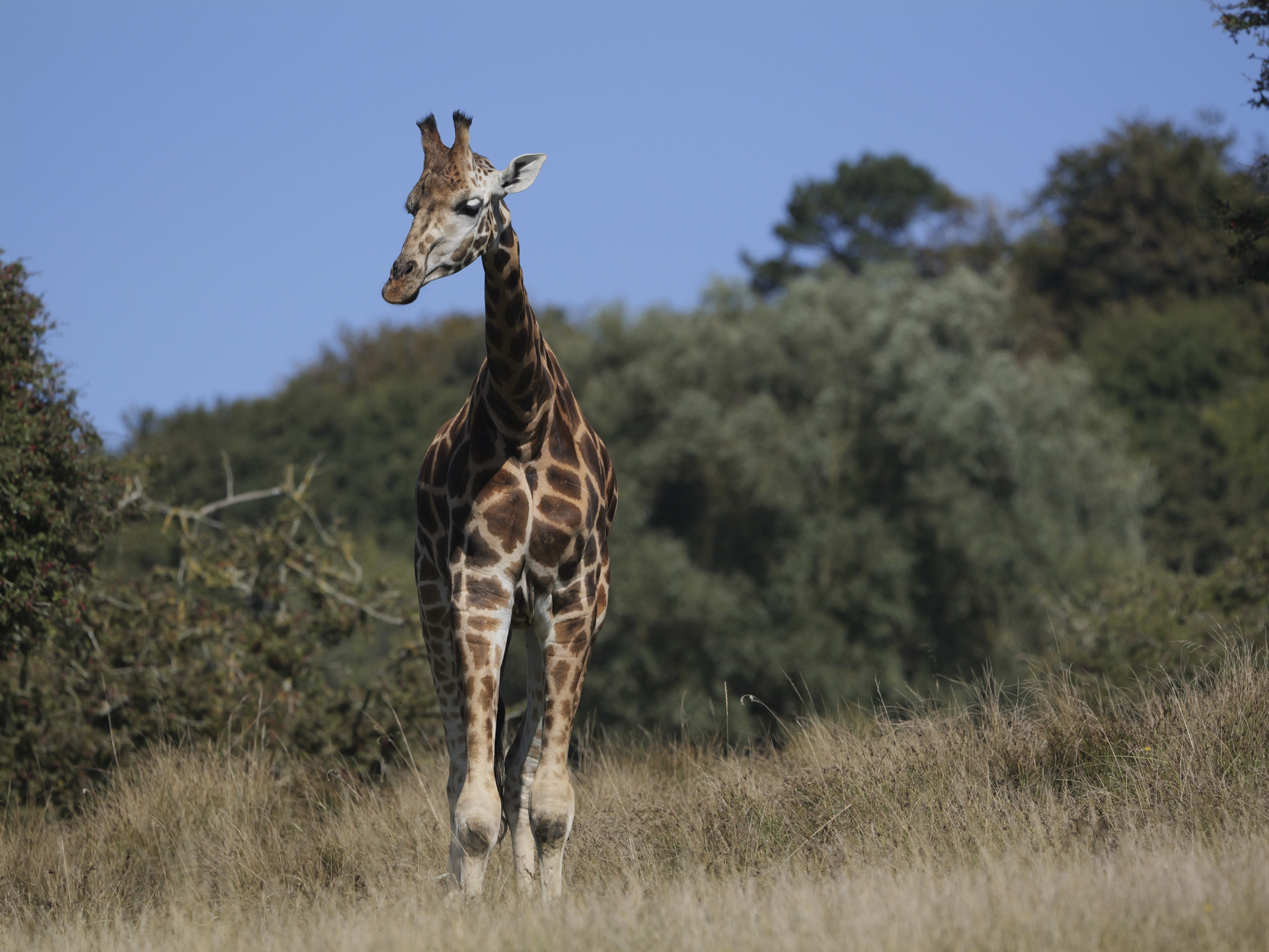


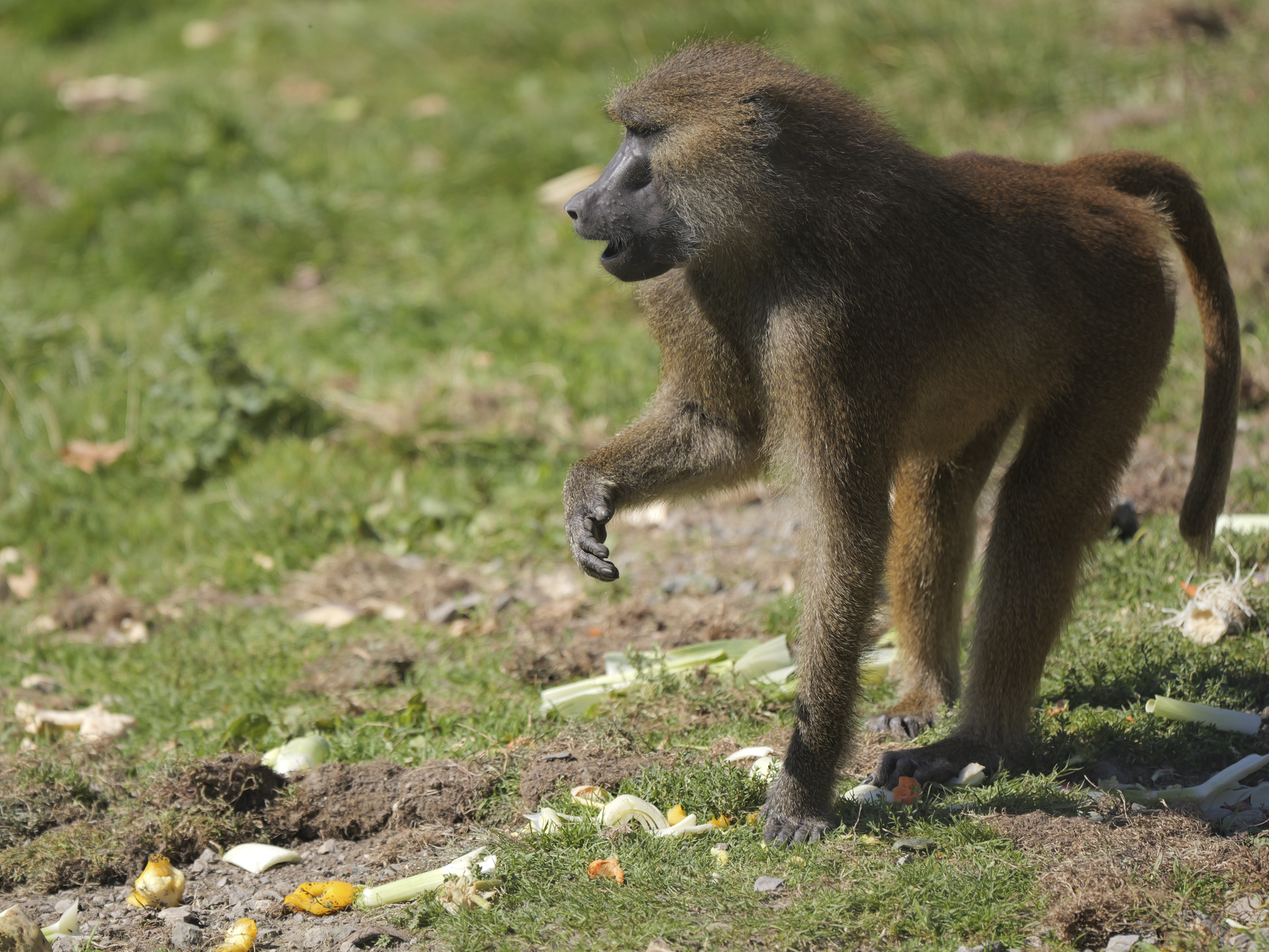
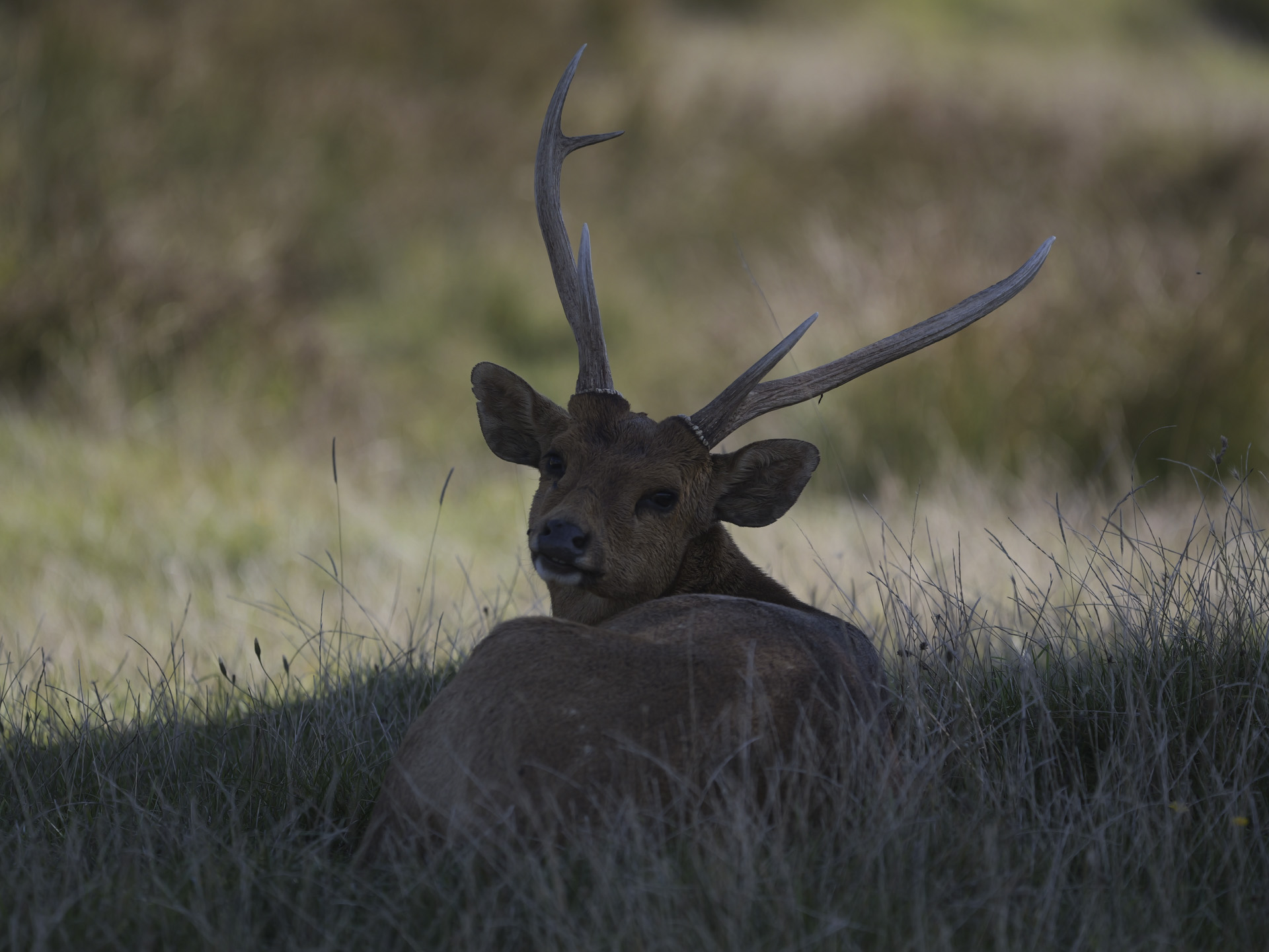
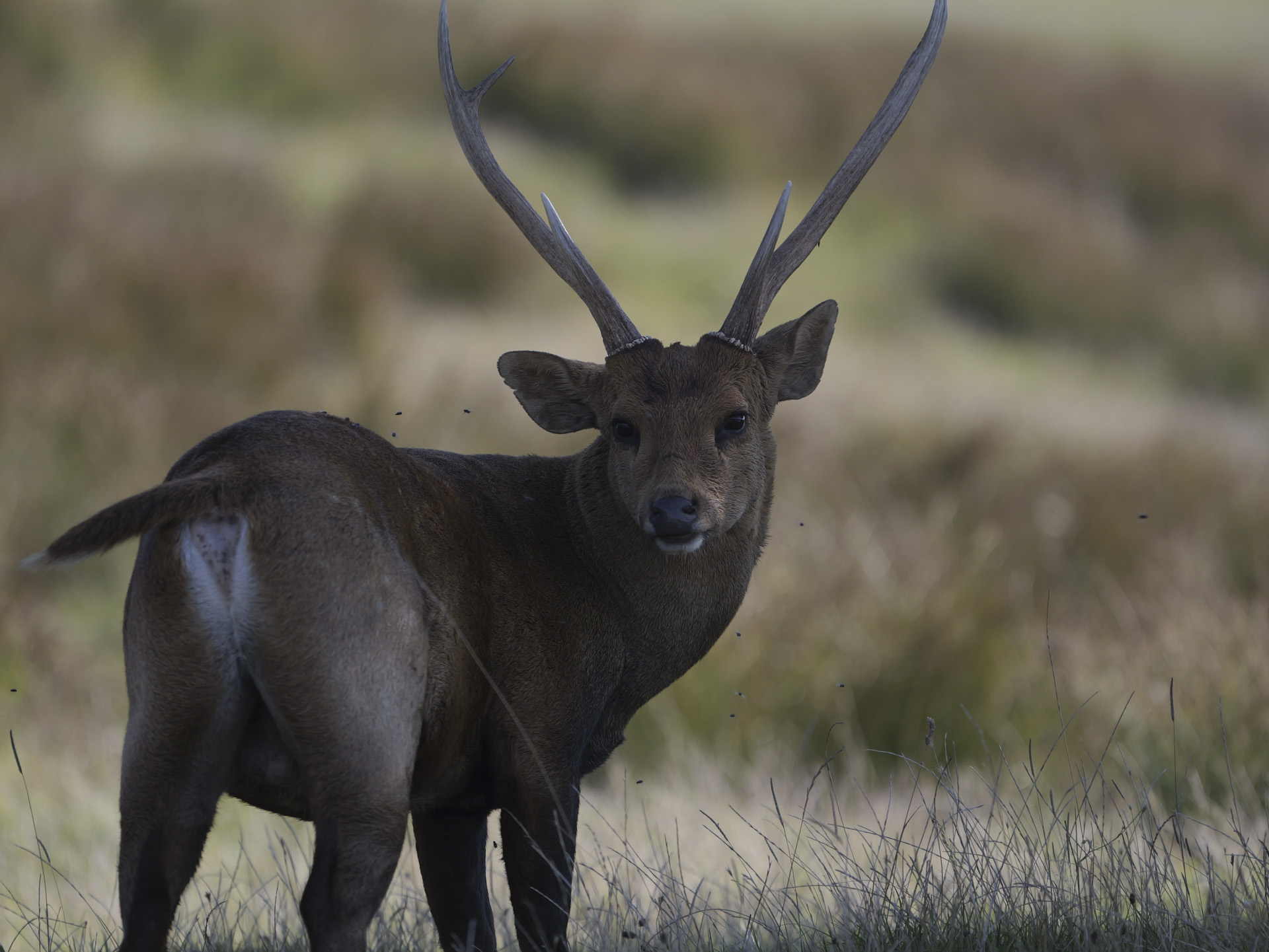
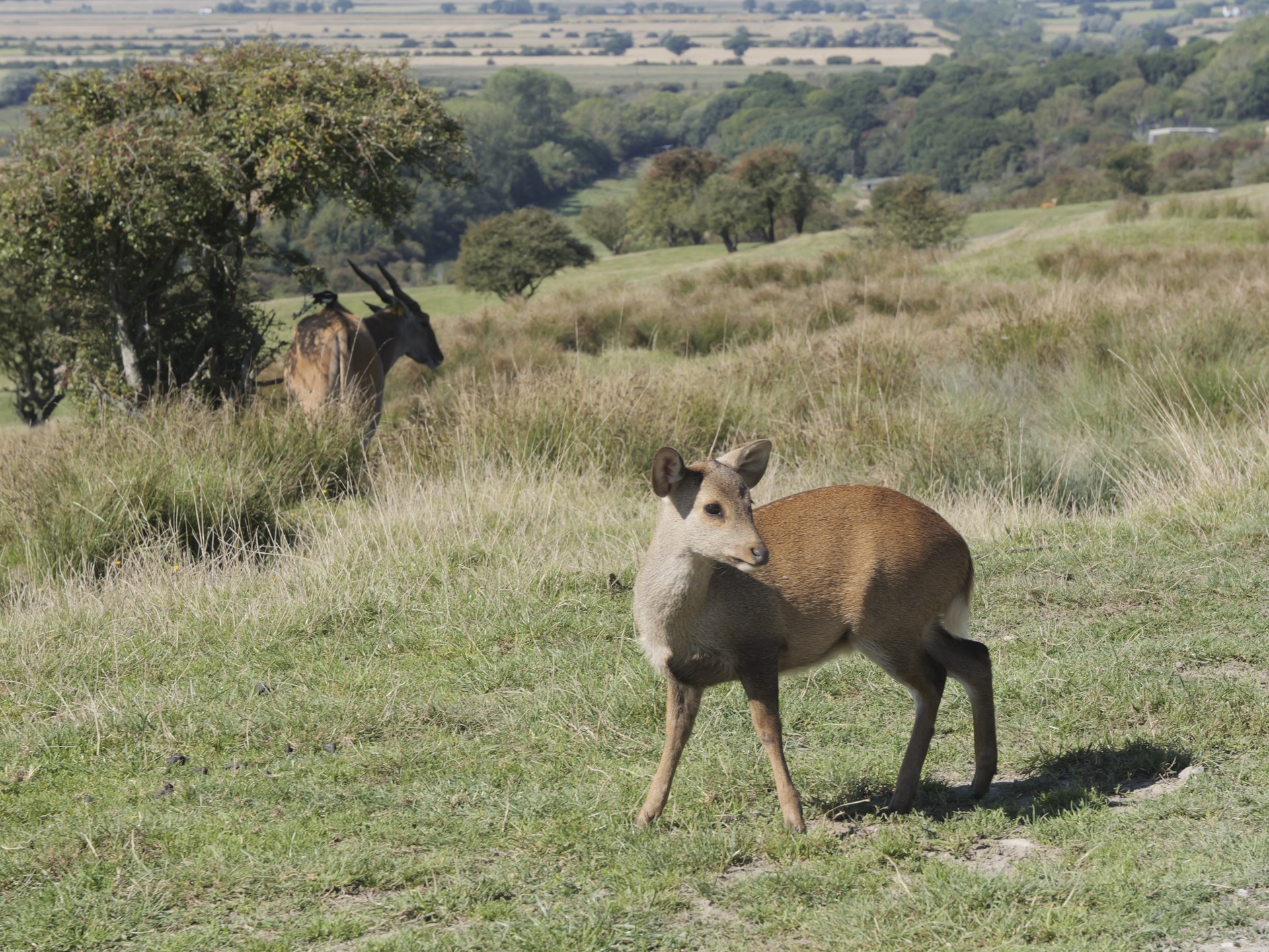
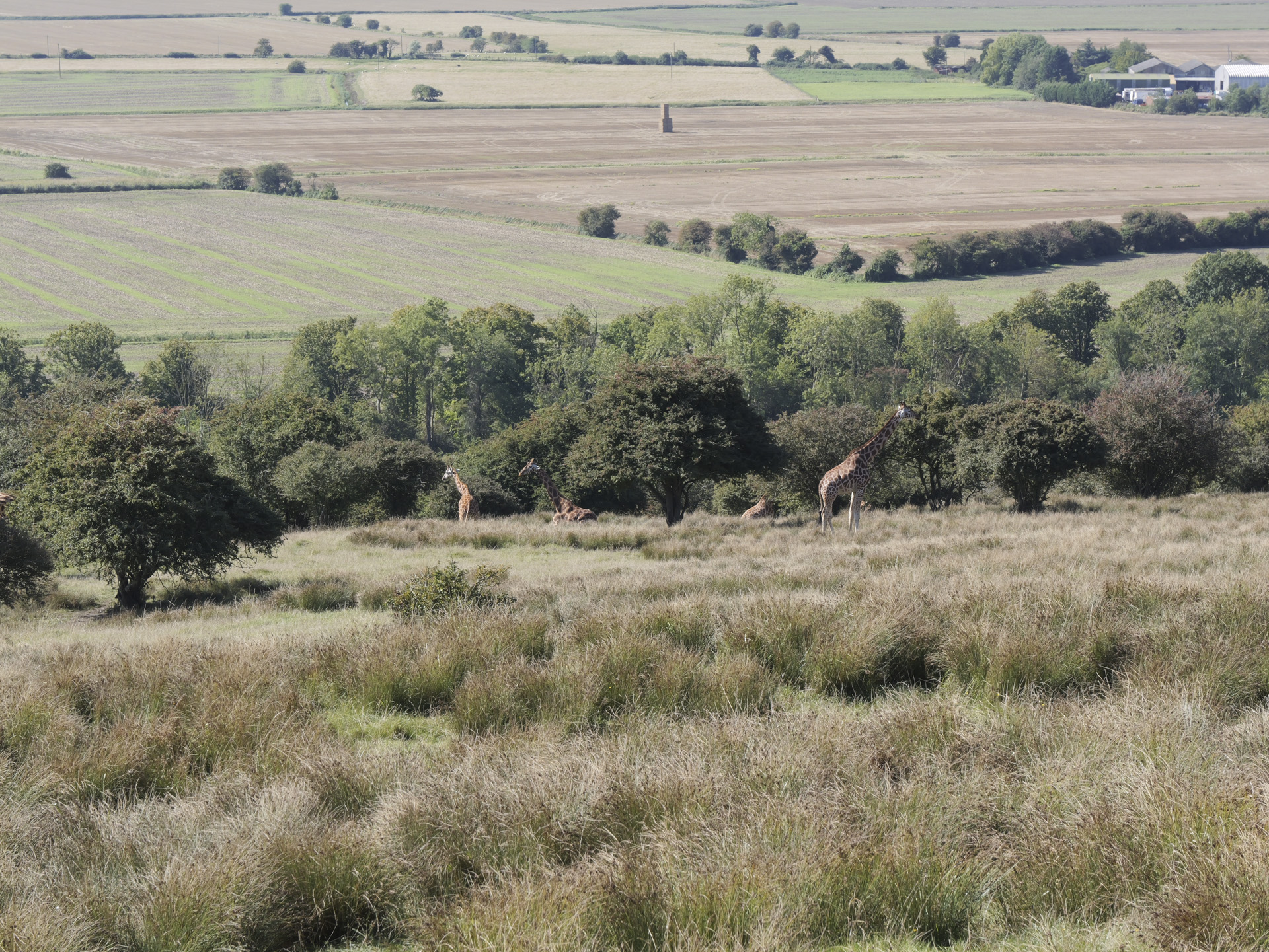
Panasonic G9 II: Image and video quality
- 25.2MP sensor with 100MP High-res multi-shot mode
- 5.7K / 60p and 4K / 120p video
- New Leica Monochrome color profile
Starting with stills, the Panasonic G9 II can capture JPEG and raw image formats, with several options for aspect ratio, file size and quality. I don’t usually shoot images in JPEG format, but I used Fine JPEG for the purposes of this review as I wanted to test out the G9 II’s photo styles, including a new Leica Monochrome mode.
Compared to the L.Monochrome D mode, Leica's profile is definitely stronger, with greater contrast and brighter highlights for black and white images. Other styles include Standard, Vivid, Flat and Landscape, which alter the vibrancy and tones to varying effects. These styles could be helpful if you're planning to upload images straight to social media and want a lightweight editing approach. As an example, I found that vivid created a real punch for a dramatic result, while natural gave a more muted appearance.
If you don't use editing software (and if you don't, I'm not sure the G9 II is the camera for you), then I can also see the pre-programmed filters – these include Expressive, Retro and Old Days – being somewhat helpful, although personally, I'd rather shoot in raw and process in my own way. When it came to editing in Adobe Camera Raw and Lightroom (I tested both), I found the JPEGs and raw files had plenty of room to push and pull the shadows and highlights around.


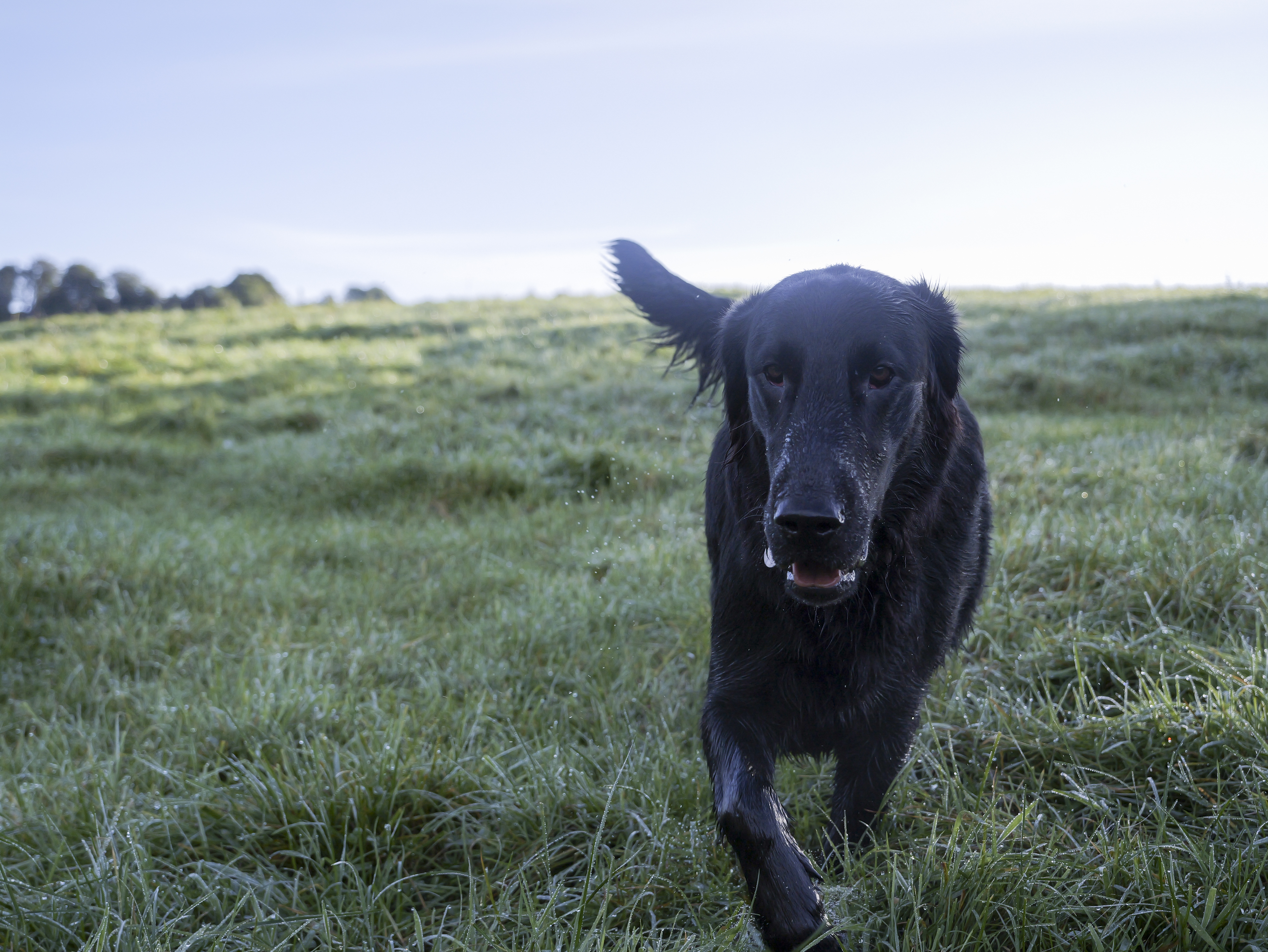



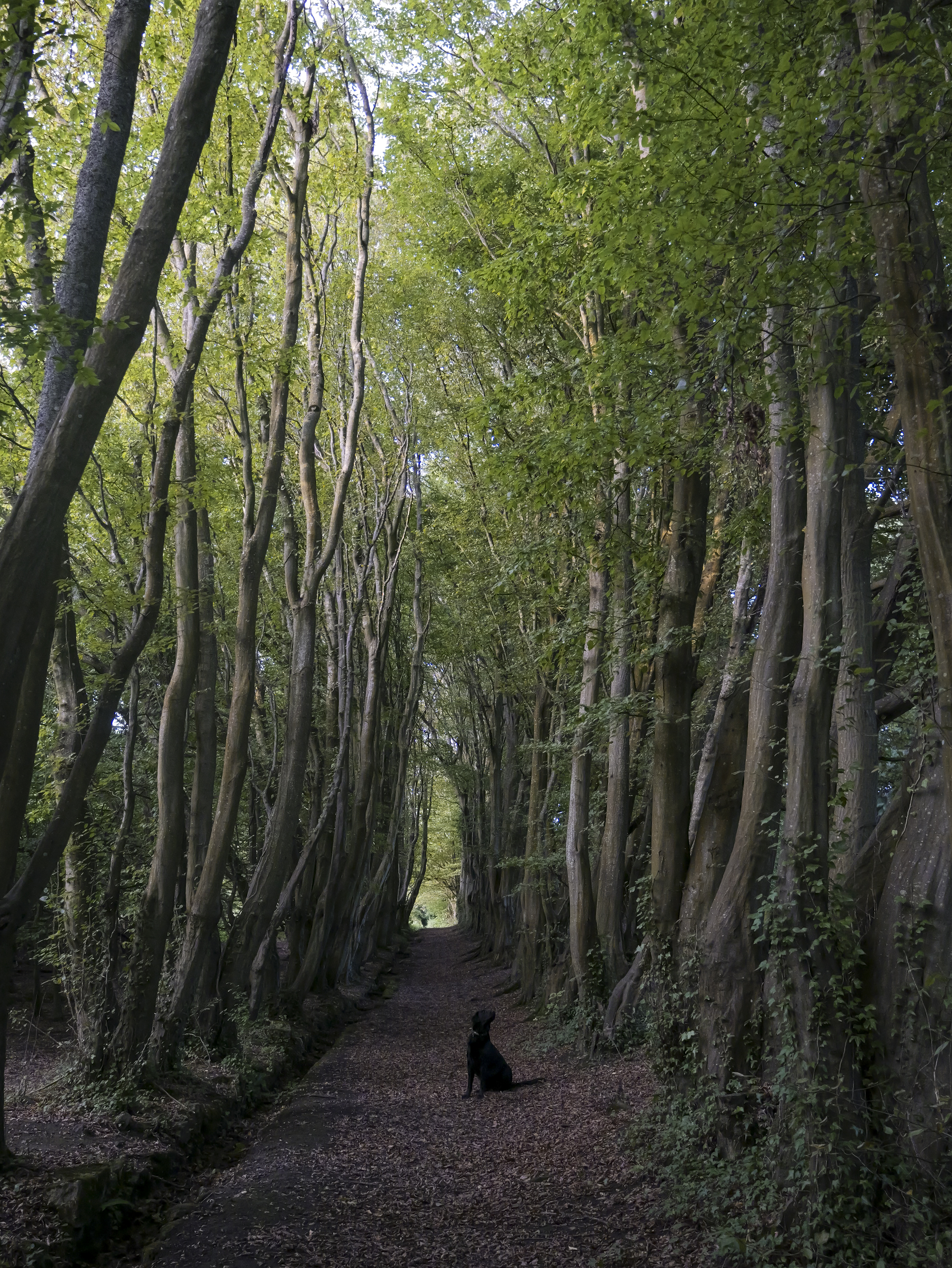



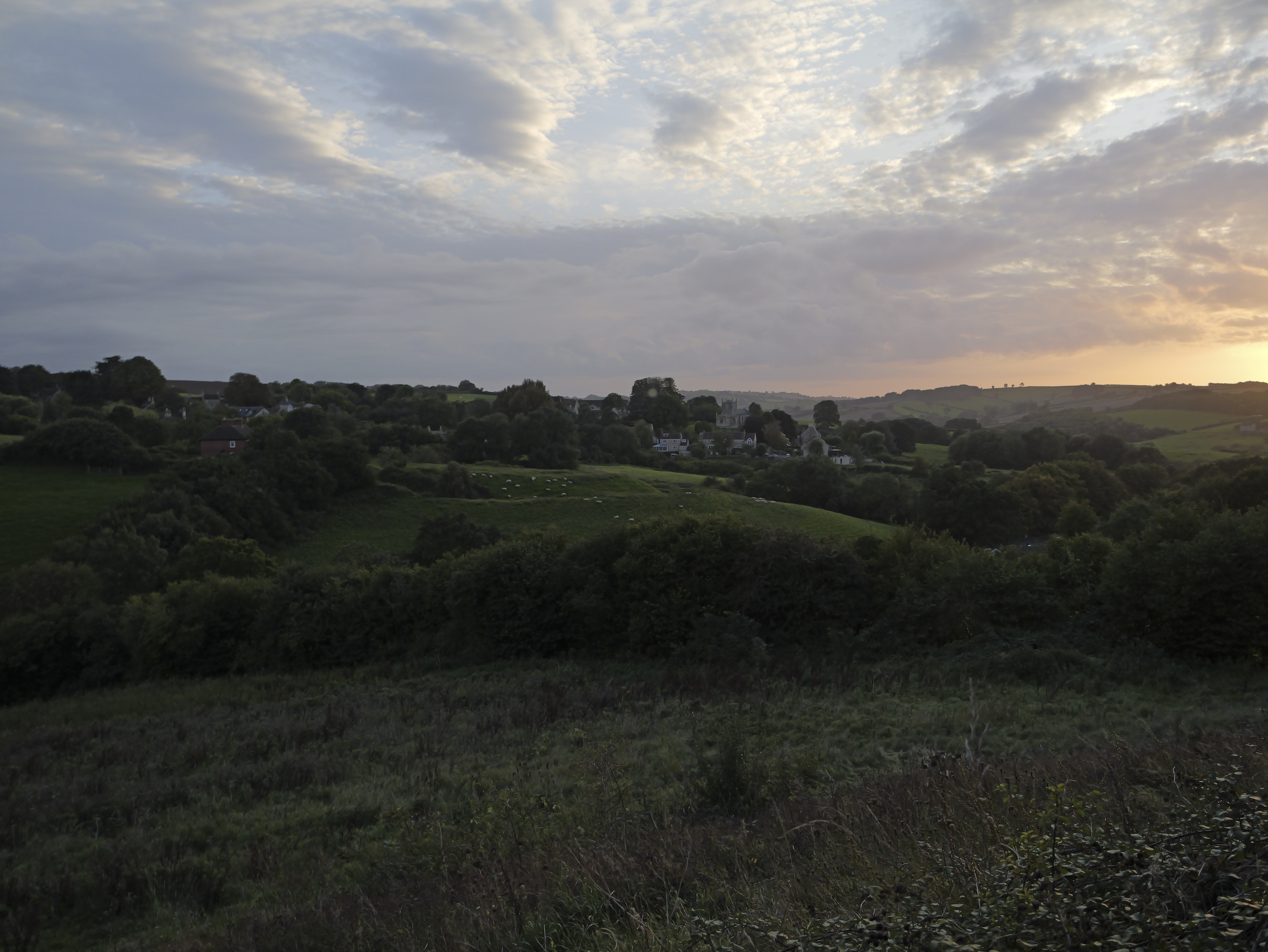
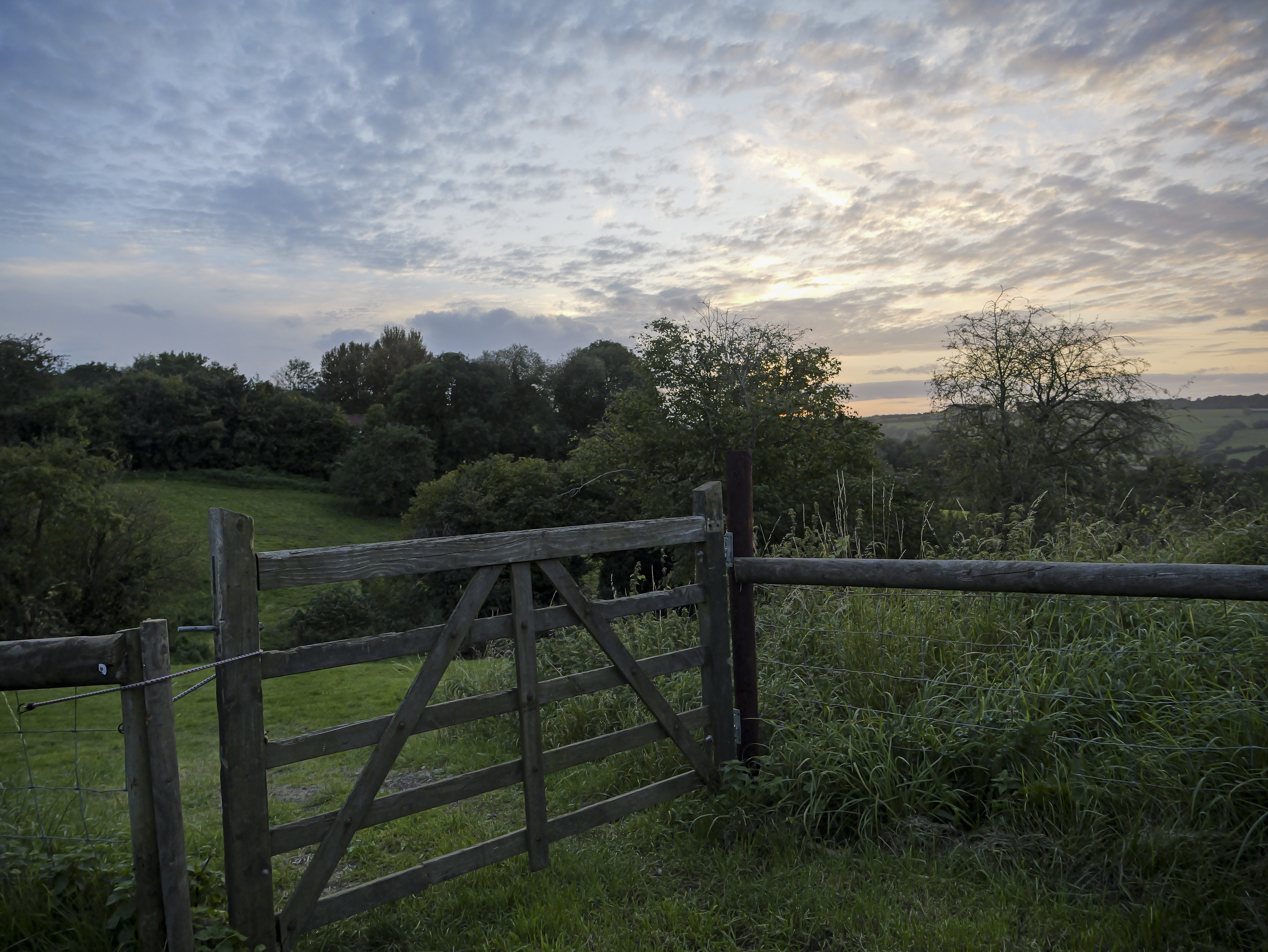
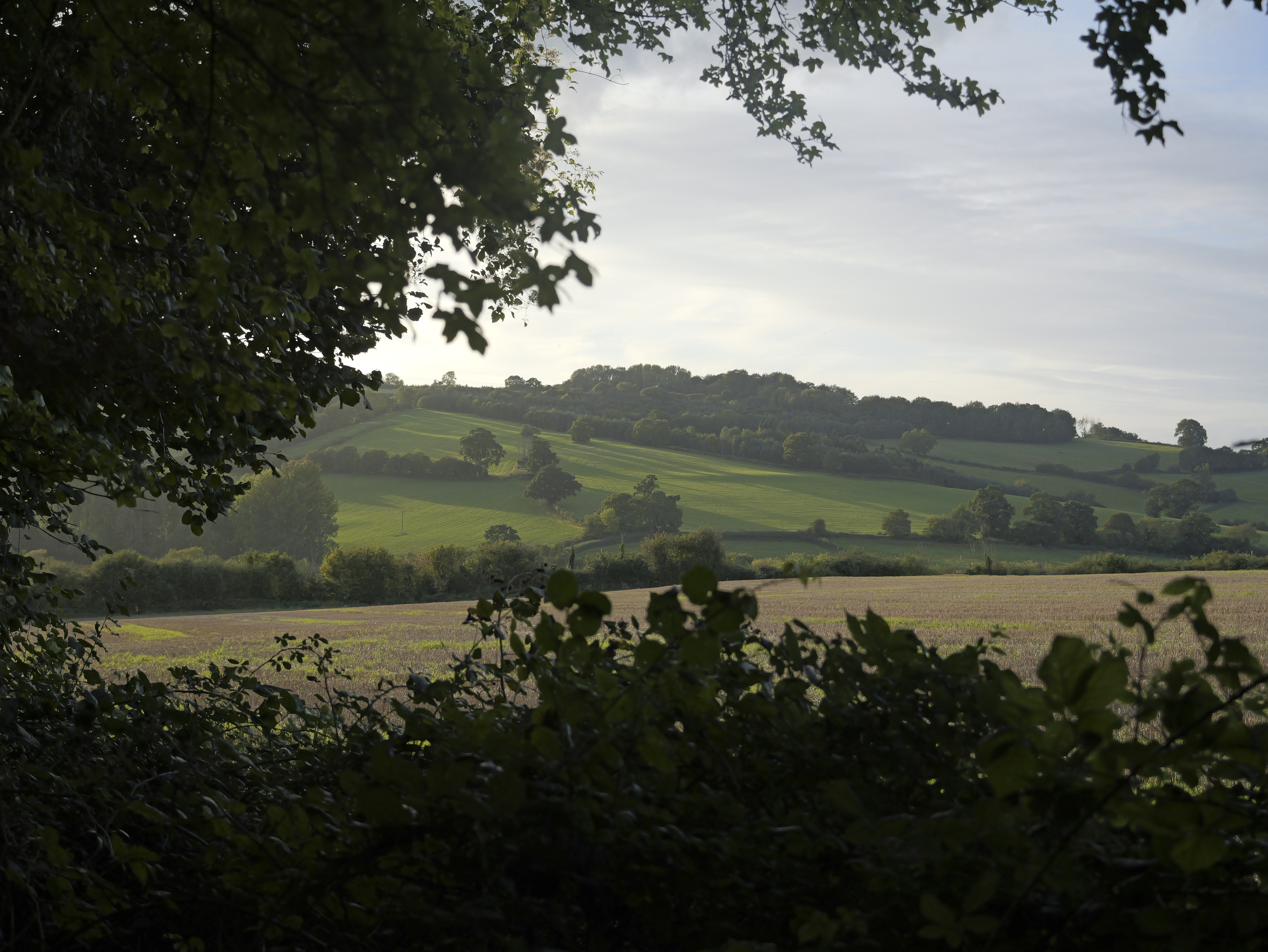
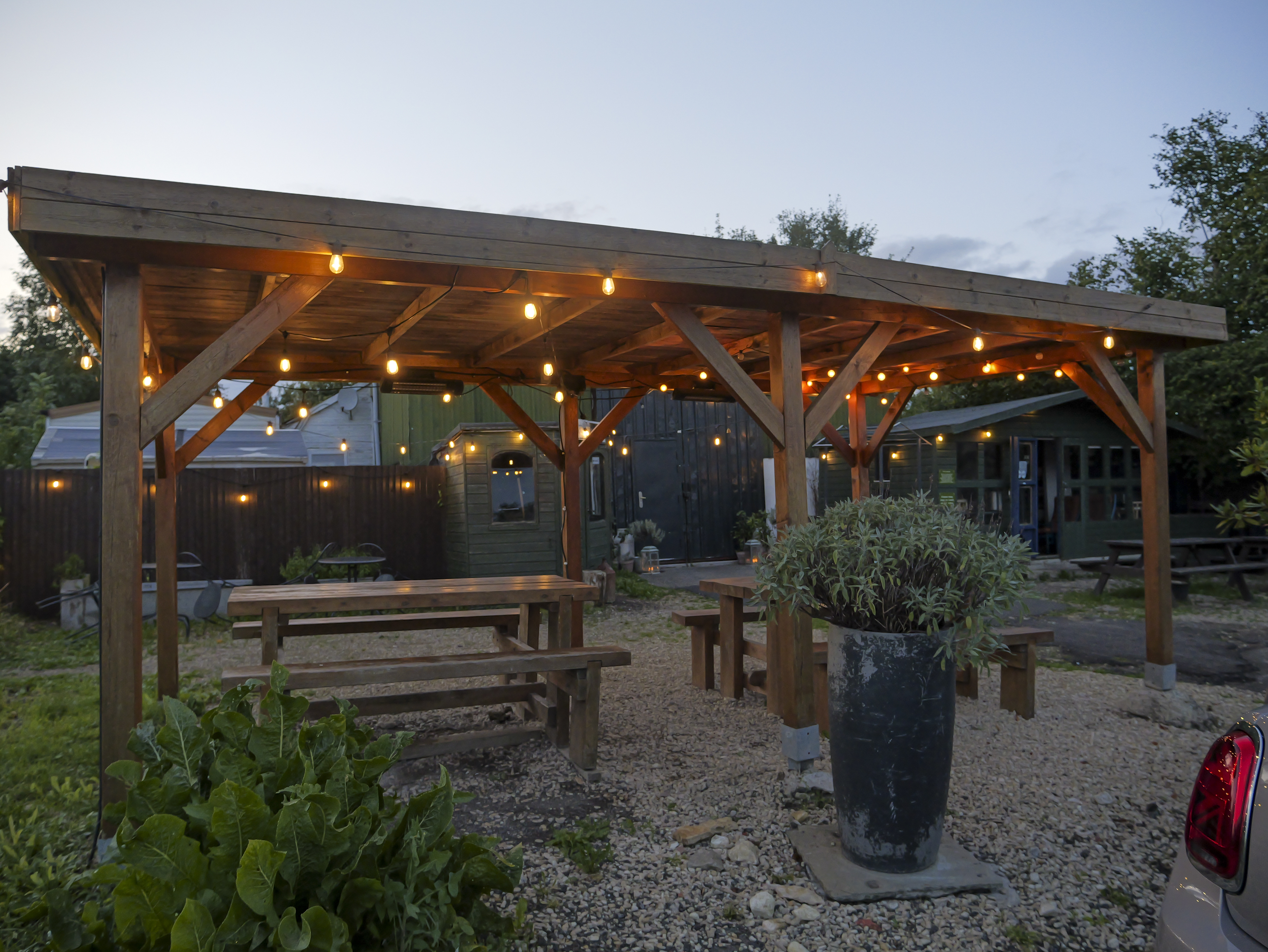


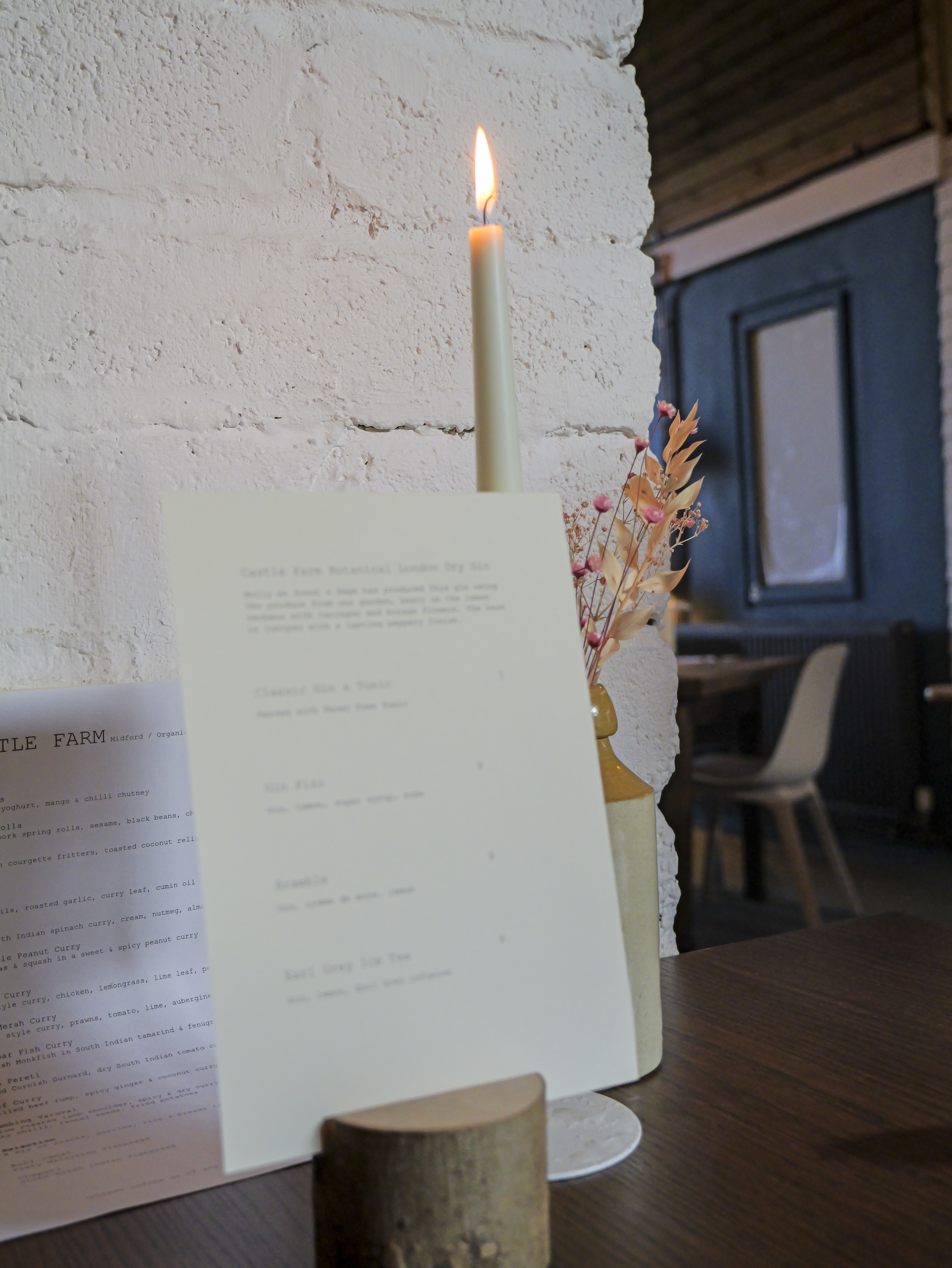
When it comes to image quality, single-shot photos in the MFT sensor format can’t quite match the resolution of larger-sensor cameras, but the G9 II's 25.2MP sensor is perfectly adequate, and enough reason for a Lumix G9 user to upgrade. I think it's a shame that Panasonic hasn't been more ambitious with the resolution here, but then it's still outcompeting the 20MP of the OM-1.
In bright sunshine, the G9 performs as you'd expect, capturing sharp, crisp images with balanced, natural tones – perfect for nature and wildlife work, as we found out during our hands-on time at launch. During the golden hours, the results were still admirable, but the dynamic range wasn't quite as strong as that of my EOS R6, or the X-T5 which I currently use as a side camera.
In terms of noise handling on the G9 II, I toggled through the ISOs in the same locations during testing, and across the board I found it best to stay within ISO 100 to ISO 1,600, and would only recommend pushing up to 3,200 if you're confident with using noise-reduction software.

The G9 II is definitely a hybrid camera, with MOV, MP4, and Apple ProRes video formats – the latter of which can only be used if you record to an external SSD via USB-C. What’s helpful is that the G9 II explains when each of these modes is best to use when you select it in the menu, although I didn’t work out if you could turn this information off to prevent it from popping up every single time.
V-Log comes pre-installed with the G9 II (in the past, Panasonic charged a premium for a code to unlock V-Log), and Panasonic promises you'll get over 13 stops of dynamic range in this mode, plus 4-channel audio recording with a mic adapter.
There are real-time LUTs, where you can upload your own color profiles. And while most photographers associate real-time LUTs with video recording, this feature can be used for photography, too. You can load a custom Adobe Lightroom color profile directly into the G9 II, which makes it easy to visualize how your media will look before it gets to the editing stage.
Video recording has been dramatically improved from the G9, and the G9 II matches practically every mode found on the GH6 – 5.7K resolution at 60fps, 4K at 120fps, and Full HD at 240fps for epic high-resolution slow-motion. While I didn't get the chance to shoot any professional video scenarios with the G9 II due to a time-limited review sample, I tried every mode fully, often while walking erratically (I tried ProRes with a SanDisk SSD at home), and found the footage stable, crisp and clear.
Overall, I was impressed with the quality of the video, which is in line with that from the latest Panasonic cameras. For the price, I'd go as far as to rate the G9 II as one of the best video cameras. What you don’t get in a photography-first camera like the G9 II is cooling fans, though, so recording times are limited by comparison.
- Image and video quality score: 4.5/5

Should you buy the Panasonic G9 II?
Buy it if...
You like MFT and want to upgrade
If you already own a Micro Four Thirds camera, or even have some Lumix G lenses, it makes sense to upgrade to the same system. You'll benefit from the G9 II’s improved phase-detection autofocus, and excellent video options.
You shoot a lot of sports and/or wildlife
The MFT sensor format of the G9 II gives a 2x crop factor, meaning that if you put a full-frame 100mm lens onto the body, you'll get a an effective 200mm focal length. This longer reach, plus the 60fps max continuous burst shooting rate and excellent autofocus, make the camera ideal for wildlife.
You want to shoot video with accurate color
The ability to load LUTs so that you can preview or embed color is interesting for filmmakers and content creators. It allows the exposure to be previewed and adjusted as you go, rather than when editing.
Don't buy it if...
You shoot a lot in low lighting
If you predominantly shoot in low light or at high ISOs, a full-frame camera will handle high sensitivities much better than the G9 II, and doesn’t necessarily have to cost much more.
Portability is your main priority
If you're looking for a super-lightweight camera that you can throw in a a bag and/or take travelling, there are more compact options out there that don’t compromise heavily on specs.
Panasonic G9 II testing scorecard
| Attributes | Notes | Rating |
|---|---|---|
| Price | Row 0 - Cell 1 | 4.5 / 5 |
| Design | Row 1 - Cell 1 | 4 / 5 |
| Performance | Row 2 - Cell 1 | 4.5 / 5 |
| Image quality | Row 3 - Cell 1 | 4.5 / 5 |
Panasonic G9 II: Also consider
If you're not sure that the Panasonic G9 II sounds like the right fit for your photographic needs, here are two more options.
Panasonic Lumix GH6
If you like Panasonic's Micro Four Thirds format but shoot more video than stills, the GH6 might be a slightly better fit. The GH6 is very similar to the G9 II, and has come down in price since launch to roughly match the G9 II's pre-order prices. Both cameras have a 25.2MP MFT Live MOS sensor, and their video capabilities are nearly identical. However, the GH6 can record unlimited C4K/4K footage because of its active cooling fan, and also has a CF Express card slot (and an SD slot) for more high-end capture options.
Read our full Panasonic Lumix GH6 review
OM System OM-1
Released in late 2022, we previously named the OM-1 as one of the best Micro Four Thirds cameras you can buy. Thanks to IP53-rated weatherproofing, it's a touch more durable than the G9 II, making it the perfect choice if you're a keen outdoor photographer. The resolution is a touch lower than the G9 II's at 20MP, but as with most Olympus (now fully OM System) cameras, the computational photography modes allow you to increase this. A high-res shot mode bumps the resolution from 20MP to 50MP when shooting handheld, and this reaches a whopping 80MP with a tripod. Lightweight and rugged, the OM-1's format is well suited to macro and wildlife photography.
Read our full OM System OM-1 review
How I tested the Panasonic G9 II
I tested the Panasonic G9 II for a week, carrying it in my backpack everywhere to capture a range of scenarios; from street scenes in the city and walks in the countryside, to birds at my local nature reserve. It was paired with the G Leica 12-60mm F2.8-4 lens, a capable optic but not long enough to truly test the camera’s wildlife prowess. We had already tested the G9 II with a 200mm F2.8 at the camera's launch, so we could assess how it handled with a longer, slightly heavier lens.
During my week with the camera, I used it for low-light landscapes, and tested out the high-speed continuous shooting mode when photographing my young dog, which enabled me to see how effective the animal autofocus tracking was. I also shot plenty of handheld video clips while walking, so that I could test the in-camera image stabilization and various recording modes.
First reviewed October 2023

Lauren Scott is an experienced journalist and freelance photographer based in Bath, UK. She's been in the tech industry for over ten years; serving as the former Managing Editor of our sister site Digital Camera World. As well as raving about cameras past and present for TechRadar, Lauren also tests fitness apps, trackers, and headphones. A keen polymath, she has bylines on Woman & Home, Space.com, Canon Europe, PCGamesN, and Stuff Magazine. When she's not working, you'll find her testing yet another new curry recipe, or teaching her Flat-coated Retriever how to retrieve.
- Timothy ColemanCameras editor
